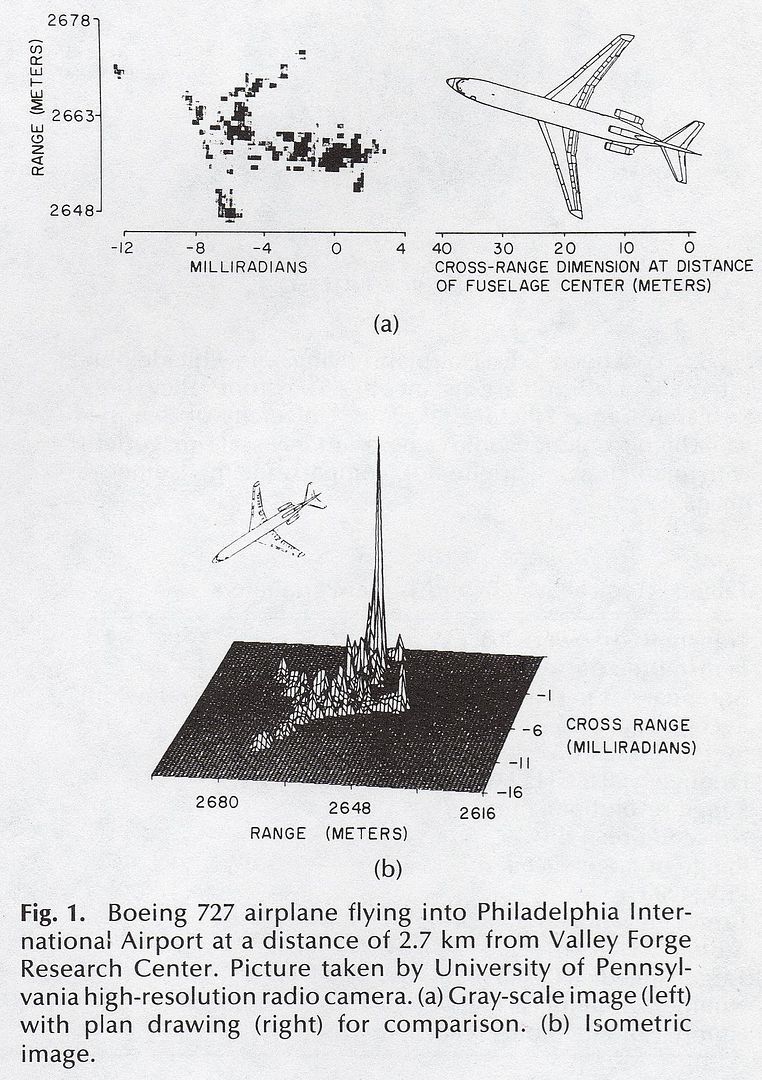An arrogant posture will not help you. All you need to do is just answer the question
Saying that you are ignorant of the subject is not being arrogant. It is speaking the truth.
if it is, how are canards worse than horizontal tail?? or Why do we always say canards are bad for stealth?
I will repeat...
In designing a 'low radar observable' body, there are three main rules:
1- Control of quantity of radiators
2- Control of array of radiators
3- Control of modes of radiation
If you take any structure
BY ITSELF -- wing, fin, or just a small antenna -- that structure is neither good nor bad for 'stealth'. Do you understand ? You have to take that structure and apply it against the three rules above.
So when we say 'canard', there is only type of flight control structure that qualified, a pair of horizontal stabilators that are in front of the wings.
A structure
BY ITSELF is
NOT a wing,
NOT a fin,
NOT a horizontal stabilator,
NOT a vertical stabilator, and
NOT a canard. Do you understand ?
But if you take that structure and put it somewhere on a fuselage, then it becomes a wing, or a horizontal stabilator, or a vertical stabilator, or a canard. A structure have a name according to its location on the aircraft and aerodynamic relationships with other structures. Do you understand ?
So for the J-20, the canards at least suspicious because they contributes to Rule 1. Not because each canard
BY ITSELF is somehow bad for 'stealth'. The J-20 with eight major flight controls structures are
LESS obedient to the three rules than compares to the F-22 which has 6 structures. Do you understand ?
I proved that I understand the subject better than all of you.









